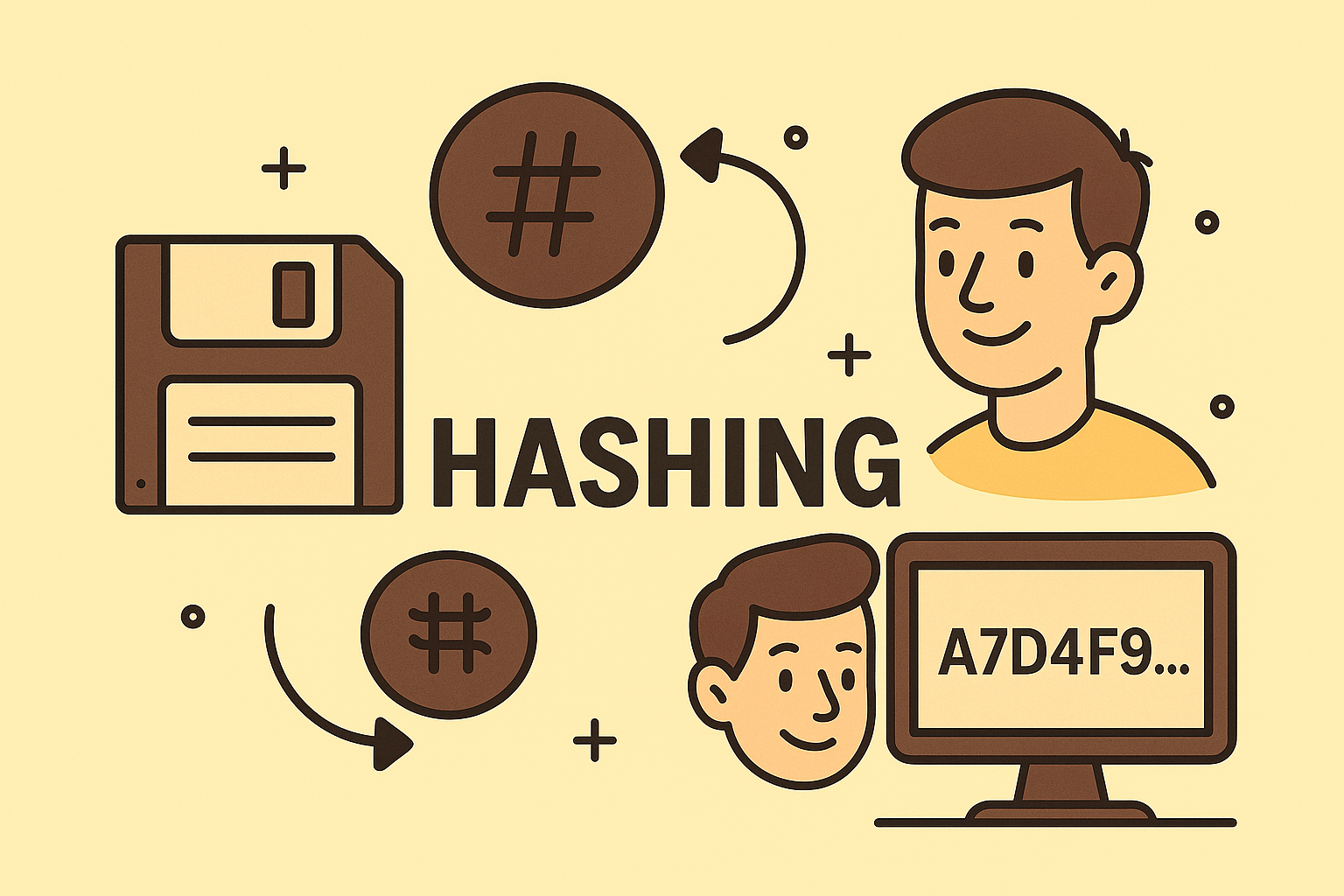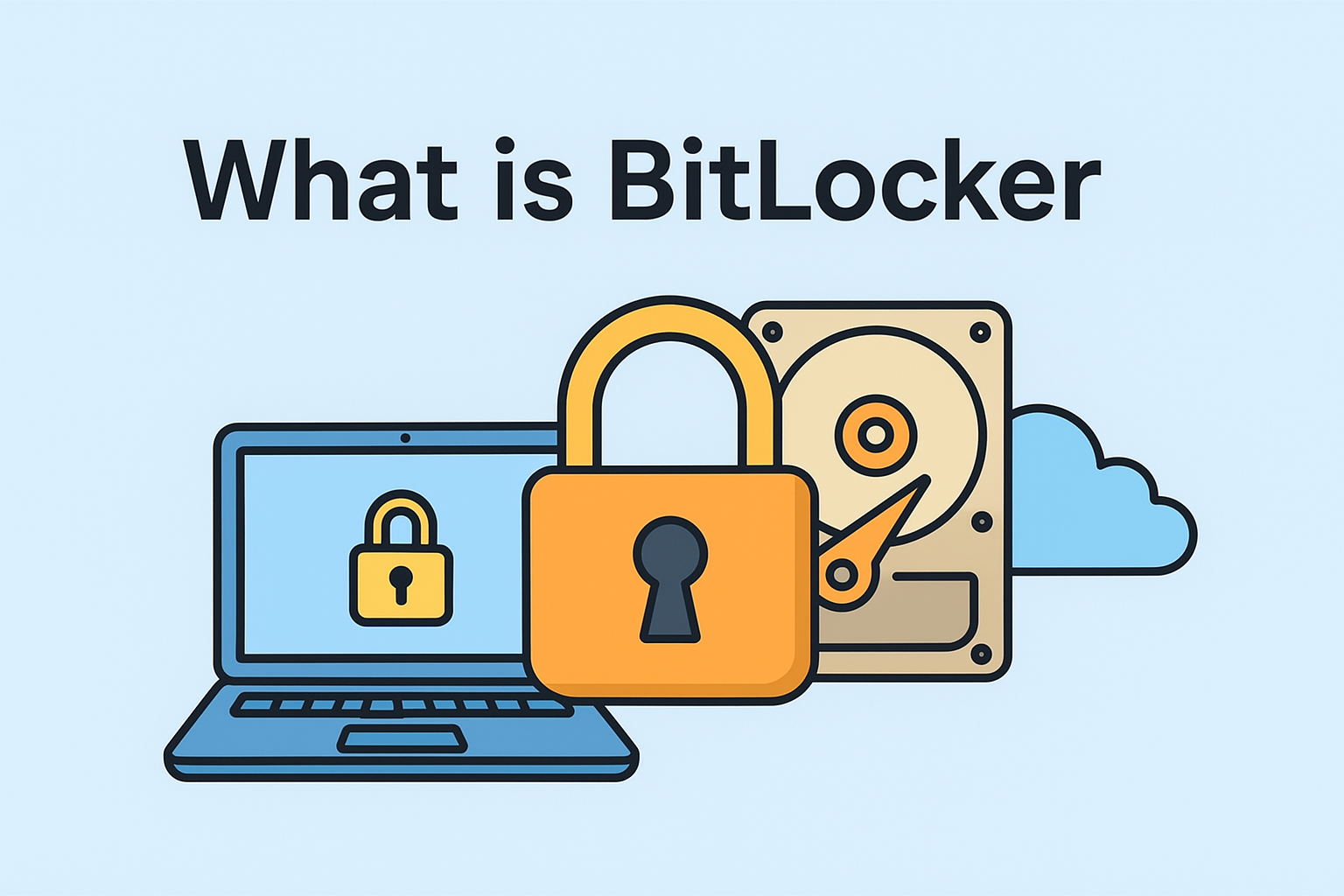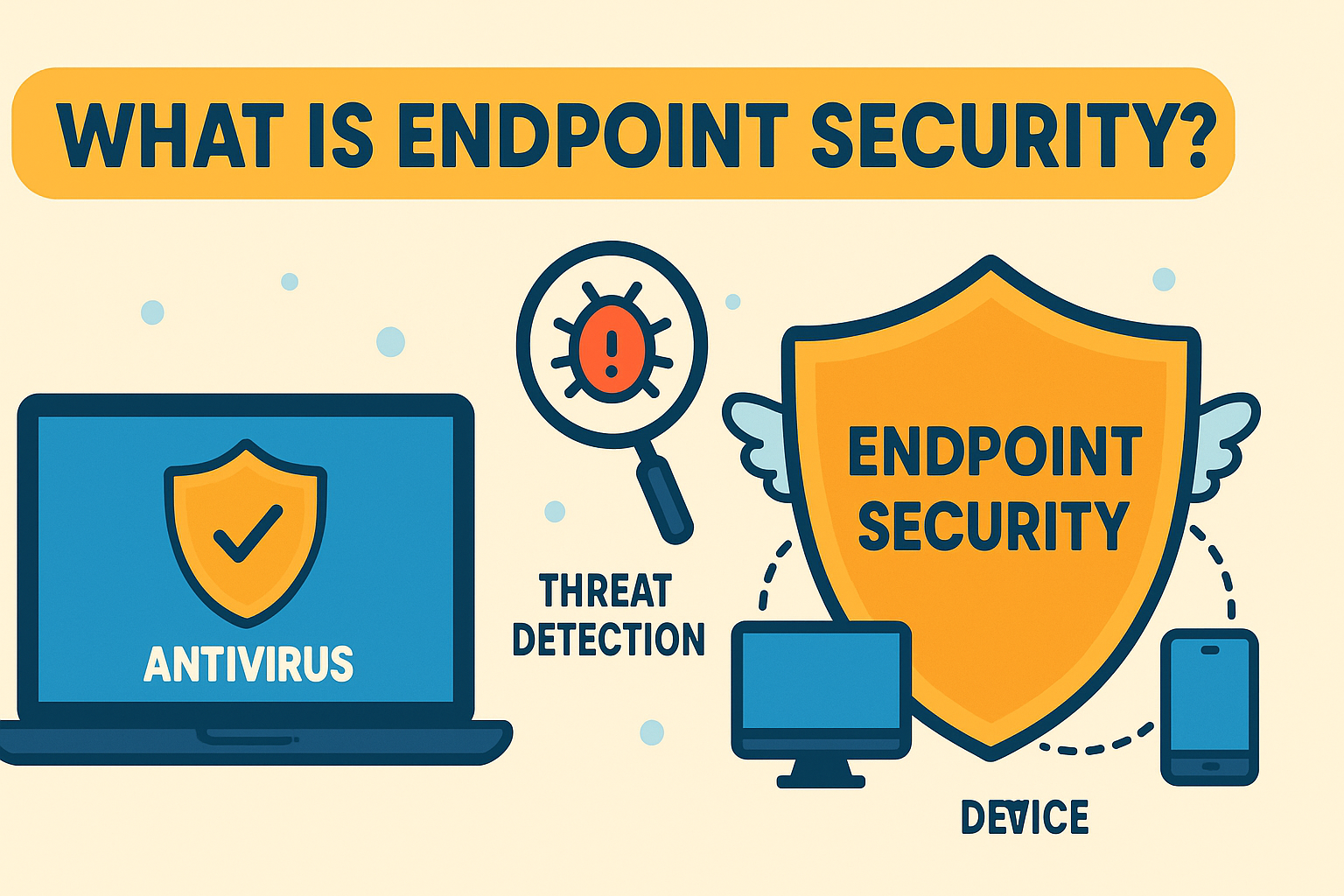Why Hashing is the Unsung Hero of Cybersecurity
Updated on July 15, 2025, by ITarian

Ever wondered how your passwords remain protected even when websites get hacked? Or how data is verified during transmission without being altered? The answer lies in a powerful concept called hashing.
Hashing is a fundamental technique used in cybersecurity to safeguard sensitive information. From password protection to verifying data integrity, hashing plays a pivotal role in the modern digital world.
Let’s unravel the mystery behind hashing—how it works, why it’s essential, and where it fits into today’s IT security strategies.
What is Hashing?
Hashing is the process of converting any input—such as a file, text, or password—into a fixed-length string of characters, often a sequence of numbers and letters. This resulting string is known as a hash value or hash code.
A key feature of hashing is that the same input will always produce the same hash output, but even a slight change in the input will generate a completely different hash.
Example:
- Hash of “Hello” → 8b1a9953c4611296a827abf8c47804d7
- Hash of “hello” → 5d41402abc4b2a76b9719d911017c592
(Notice the case difference and how it produces a totally different hash)
This makes hashing extremely useful for verifying data without revealing its contents.
How Does Hashing Work?
Hashing uses a hash algorithm—a mathematical function that processes input data and produces a fixed-length hash. No matter the input size, the output hash will always be the same length.
Common Hash Algorithms:
- MD5 (Message Digest 5) – 128-bit hash, now considered insecure.
- SHA-1 (Secure Hash Algorithm 1) – 160-bit, deprecated for secure systems.
- SHA-256 (Secure Hash Algorithm 2) – 256-bit, widely used and secure.
- Bcrypt / Argon2 – Specifically designed for password hashing with added salt.
Applications of Hashing in Cybersecurity
Hashing is more than a technical term—it’s a foundation of secure systems. Let’s break down its real-world applications:
1. Password Hashing
Instead of storing plain-text passwords, systems store a hash of the password. Even if a hacker gains access, they only see hashed values.
- Bonus Tip: Using salt (random data added to the password before hashing) prevents rainbow table attacks.
2. Data Integrity Checks
Hashing helps verify if data has been tampered with during transmission.
- Example: Software downloads often provide a hash. After download, users can hash the file on their end and compare it. If the hashes match, the file is authentic.
3. Digital Signatures & Certificates
Cryptographic hash functions are critical in signing digital messages and securing SSL/TLS certificates. Any change in the data invalidates the signature.
4. Blockchain Technology
Every block contains the hash of the previous block, creating a secure and immutable chain of data.
What is a Cryptographic Hash Function?
A cryptographic hash function is a special class of hash functions designed to be secure against tampering. It must meet the following properties:
Key Characteristics:
- Deterministic: Same input → same output every time.
- Quick Computation: Efficient for any size input.
- Pre-image Resistance: Difficult to reverse-engineer the original input from the hash.
- Collision Resistant: No two different inputs should result in the same hash.
- Avalanche Effect: Small input changes yield drastically different outputs.
These features make cryptographic hash functions ideal for securing sensitive systems and data.
Benefits of Hashing
- ✅ Ensures Data Integrity
- ✅ Protects Passwords Securely
- ✅ Supports Secure Authentication
- ✅ Helps Detect File Corruption
- ✅ Plays a Key Role in Blockchain and SSL
Limitations of Hashing
While hashing is powerful, it’s not bulletproof. Here’s what to watch out for:
- Collision Attacks: When two inputs produce the same hash (rare but possible in weak algorithms like MD5).
- Brute-Force Attacks: Hackers may guess inputs to find matching hashes.
- Not Encryption: Hashing is one-way—data can’t be retrieved from a hash (unlike encryption).
Best Practices for Implementing Hashing
- Use Strong Algorithms: Stick with SHA-256 or better. Avoid MD5 or SHA-1.
- Salt Your Passwords: Add random salt before hashing passwords.
- Apply Iterations: Use algorithms like bcrypt or Argon2 that slow down brute-force attacks.
- Keep Algorithms Updated: Stay informed about vulnerabilities in hash algorithms.
Real-Life Example: How Password Hashing Works
Imagine a user creates an account with password CyberSecure2025.
- The password is salted with a random string, e.g., r3@!t2.
- The salted password is hashed using bcrypt → 2y$12$…
- Only this hash is stored in the database.
When the user logs in again, the system re-hashes the password with the same salt and compares it to the stored hash—if they match, access is granted.
This ensures that even if the database is compromised, the attacker can’t easily retrieve the actual passwords.
FAQs: What People Ask About Hashing
1. Is hashing the same as encryption?
No. Hashing is one-way and irreversible, whereas encryption is reversible using a key.
2. Why is hashing important in cybersecurity?
Hashing protects passwords, validates data integrity, and secures communications—making it essential for all cybersecurity strategies.
3. Can a hash be decoded?
Not directly. Strong hash functions are designed to make it infeasible to reverse-engineer the original input.
4. What is the difference between hashing and salting?
Hashing converts data into a fixed output. Salting adds random data before hashing to enhance security—especially for passwords.
5. Which hash algorithm is the most secure?
As of now, SHA-256, bcrypt, and Argon2 are among the most secure choices.
Conclusion: Secure Your Systems with Smart Hashing
In an era of data breaches and cybersecurity threats, understanding what hashing is and how to use it wisely can make all the difference. Whether you’re an IT manager safeguarding your infrastructure or a business leader looking to protect user data, hashing offers a powerful layer of protection.
🔐 Ready to implement robust security in your organization?
Sign up now at Itarian and take the first step toward safer systems.














